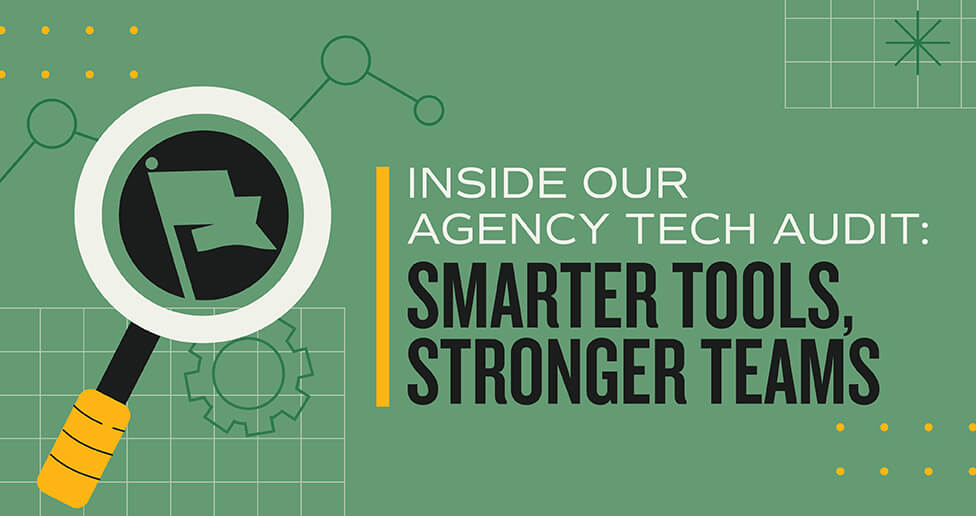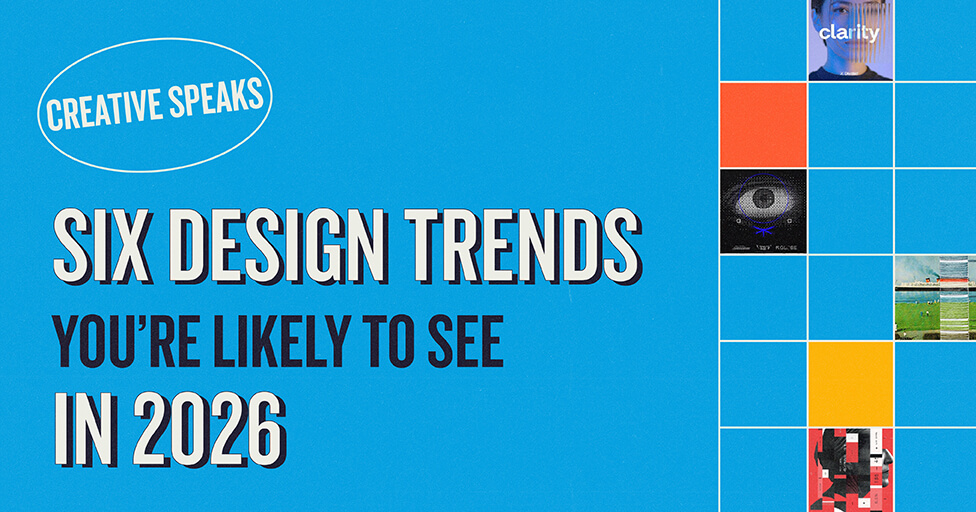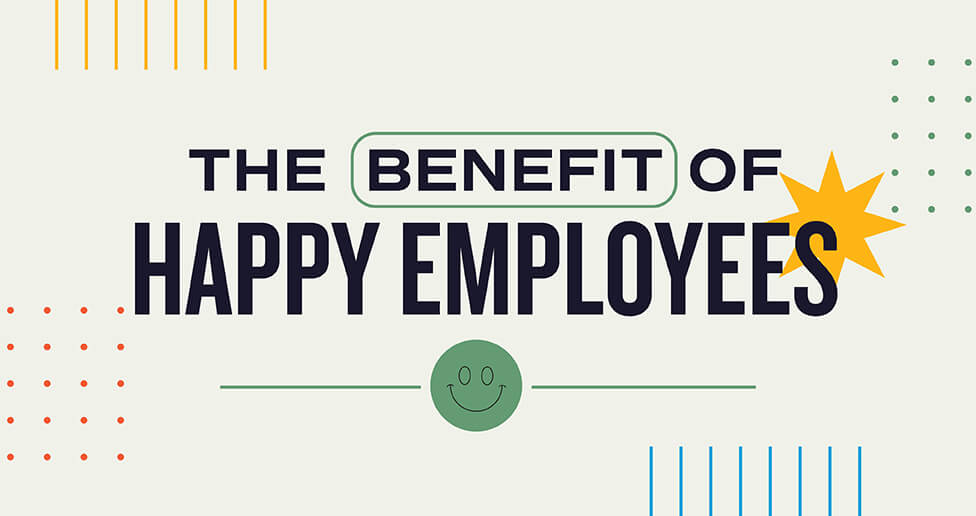
It’s one of the biggest goals of any brand’s digital strategy: rank #1 on Google for product-related keywords. But many top CPG brands don’t even show up on the first page. Why?
It all has to do with search intent. Google is getting increasingly better at understanding the intent, or context, of a search term. For instance, Google understands that when a user searches for phrases with who, what, when, where, or why, they are looking for information. In the same way, Google also understands when a user is looking to buy something.
We call this purchase intent. A user searching for “best laundry detergent” is looking for product information and reviews, but someone searching for “laundry detergent” is looking to buy laundry detergent online. By studying what websites users click on after performing these queries, Google is able to understand when users have purchase intent or when they’re looking for information and will serve up the best websites for those queries.
You’ll notice when performing most generic product-based queries that Google is ranking websites that have e-commerce functionality, showing where you can buy the product you just searched for. CPG brands without an e-commerce function will have difficulty competing for these search terms because Google wants to show these users websites where they can buy the product.
In light of this, CPG brands need to rethink their digital search strategy. One option would be to add an e-commerce function to the website and allow consumers to purchase directly from the brand. Of course, the logistics of that don’t always work for every company, so another option is to implement a content strategy.
In the absence of e-commerce, CPG brands need to refocus their keywords to more information-based queries. These could be questions about the product or category, comparisons, reviews, how-to’s, etc. The more a CPG brand understands about its audience’s needs, the more laser-focused the content strategy can become, allowing the brand to be more visible in search.
Want to know an easy way to figure out what bottom-of-the-funnel users are searching for to help them make a purchase decision? Open Google and type in your brand name and the word “vs.” Don’t hit enter. Instead, see what Google suggests in the list below the search box. These are queries real users are searching—users who are down to two brands: yours and a competitor’s. Create or curate content that answers this query to be sure these users get to see your product’s benefits.
Just because it’s difficult to rank for purchase-based queries doesn’t mean SEO is out of the question for CPG brands. A strategy adjustment is all it takes to start seeing more organic search traffic. The first step is to do some research to uncover user needs and the questions they’re asking Google. The next step is to create content that answers those queries.
Subscribe to our newsletter
Get our insights and perspectives delivered to your inbox.


